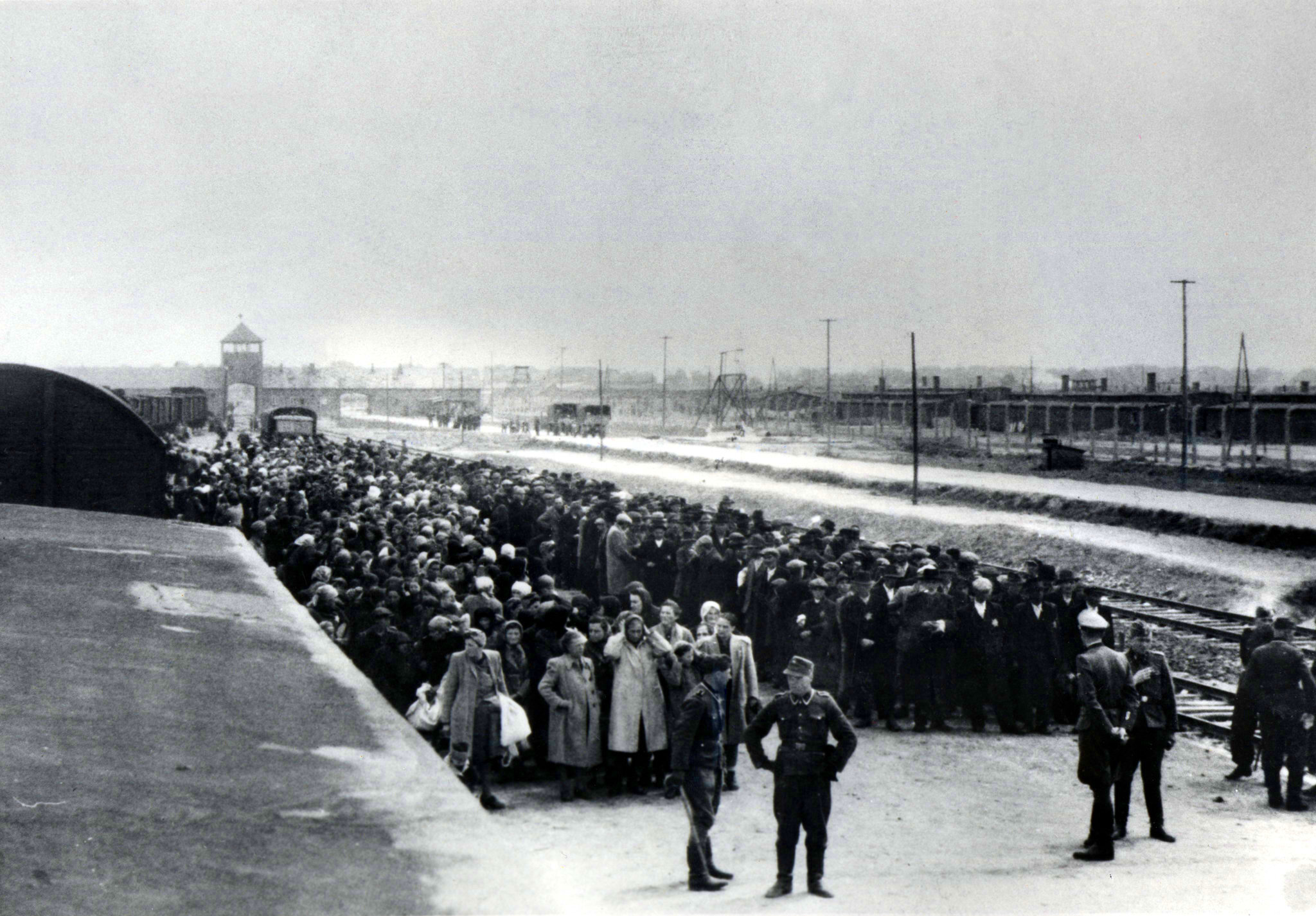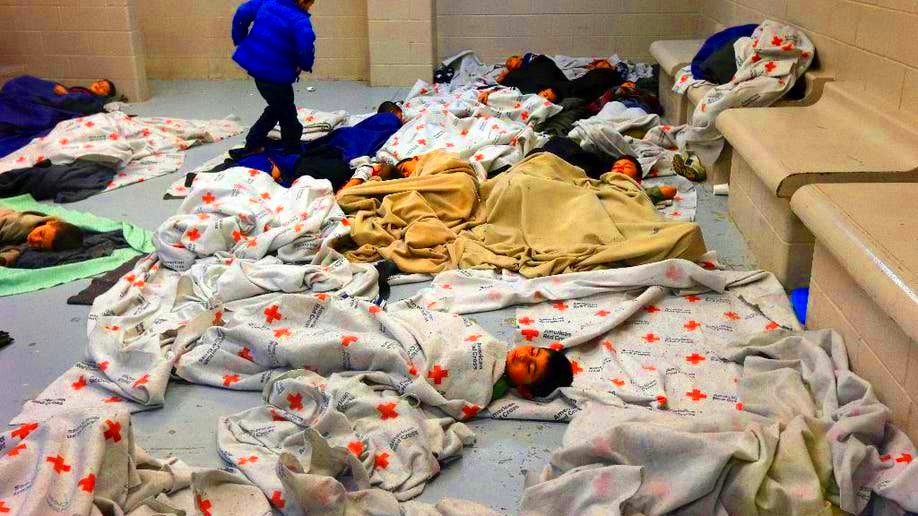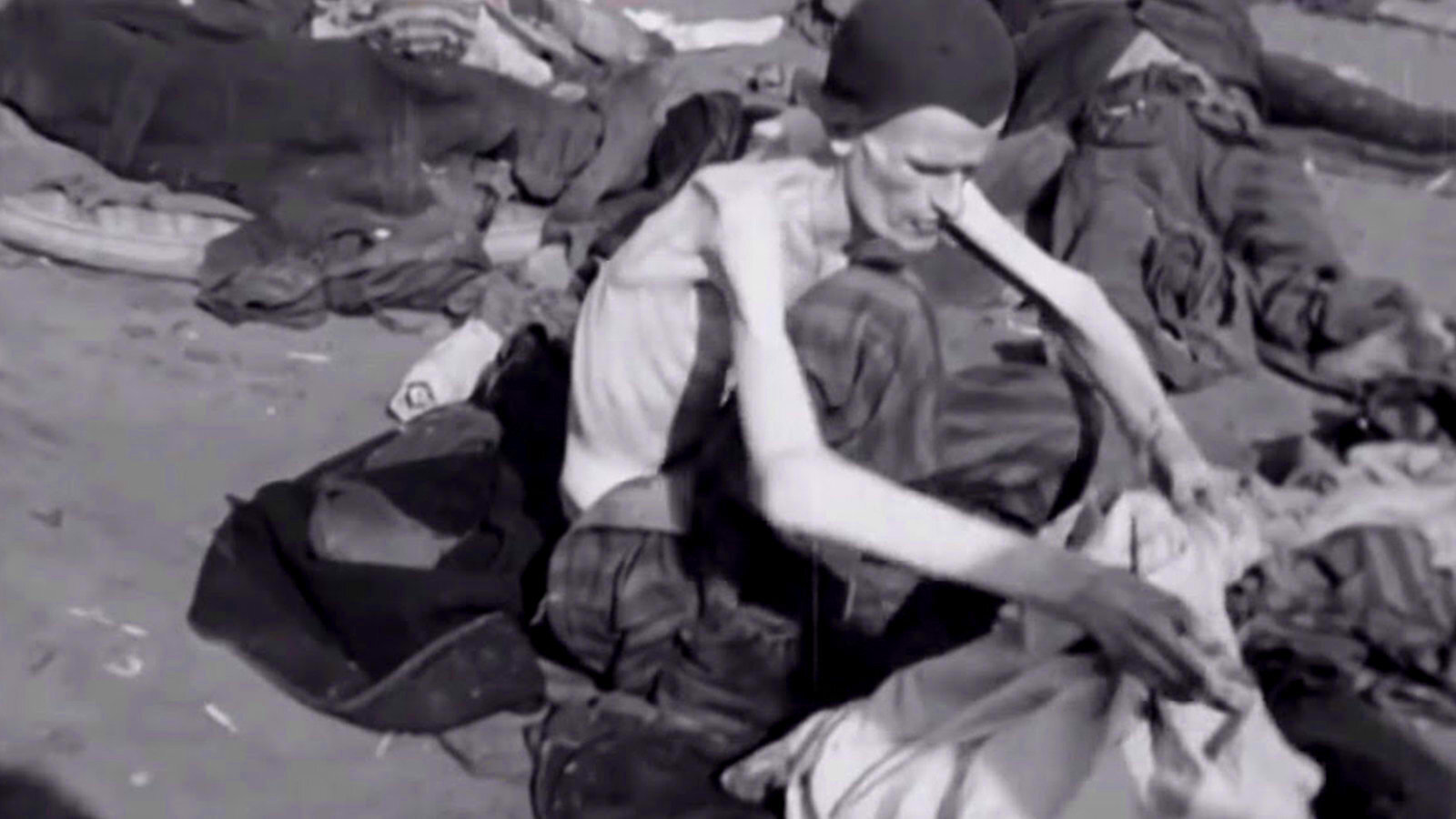The concentration and detention camps present in their history patterns interlaced with threat often symbolize complexity in mourning of the United States of America. The captured
images from these places illustrate their physical structures as well as human experiences behind them.These
images serve as visionported past events, informing us on the circumstances and regulations which dictated the existence of these camps. It is therefore important to bear in mind that as we study this area, we must respect the persons who suffered and pledge ourselves to draw lessons from what happened in the past.
Early Detention Centers in American History

Detention centers are not a recent phenomenon in the United States. Even before the 20th century, there were facilities set up to detain people during times of conflict or as part of government policies.For instance, during the early 19th century, Native Americans were forced into relocation camps as part of the Indian Removal Act. These early camps set a precedent for the detainment and displacement of large groups of people.
A few significant instances encompass:- Indian Removal Camps: Used to detain Native Americans before their forced relocation westward.
- Civil War Prisoner Camps: During the Civil War, the U.S. set up camps to hold captured soldiers, both Union and Confederate.
- Labor Strikes and Worker Detainment: In the late 1800s, striking workers were often detained in temporary camps during labor disputes.
Nonetheless, these initial locking up premises set the pace for subsequent notorious camps during the course of US history; but in comprehension of the country’s confinement and control policies, they are still significant elements.
Japanese Internment Camps During World War II

One of the most well-known and controversial uses of concentration camps in the U.S. was during World War II. After the bombing of Pearl Harbor, President Franklin D. Roosevelt signed Executive Order 9066, which led to the forced relocation and imprisonment of over 120,000 Japanese Americans, many of whom were U.S. citizens.In these camps the conditions were severe. Families existed in protruded barracks enclosed with armed sentinels and barbed wire. Even though it was tough, several internees endeavored to ensure normalcy by creating schools as well as art pieces during their leisure time.
Training in English is an important aspect of learning Japanese.- Locations: Camps were spread across the U.S., with large facilities in states like California, Arizona, and Wyoming.
- Conditions: Life in these camps involved overcrowded quarters, lack of privacy, and limited access to basic necessities.
- Legacy: The internment remains a dark chapter in American history, with the U.S. government later issuing a formal apology and reparations to surviving internees in 1988.
How fear and prejudice can cause many people to violate civil rights is well illustrated by
images from these camps.
Migrant Detention Centers and Their Historical Impact
Migrant detention centers have long been a part of U.S. immigration policy. These facilities have been used to house individuals awaiting deportation or processing for asylum. Historically, the use of such centers has sparked significant debate, especially around their conditions and the treatment of detainees.From the 1980s to today, these centers have housed people from various countries, particularly Latin America, seeking a better life in the U.S.Throughout its history, the U.S. has experienced different immigration waves which have influenced how migrant detention centers have developed.
- 1980s Central American Crisis: Many fleeing violence and conflict in Central America were detained in centers, leading to overcrowding and inadequate conditions.
- Post-9/11 Immigration Policies: Security concerns resulted in stricter immigration enforcement and increased use of detention centers.
- Family Separation Policy: In recent years, policies have led to the separation of families at the border, raising public outcry and ethical concerns.
Consequently, repercussions of these centers linger for those locked up and determine how a country deals with issues related to migration and displaced persons. This brings up pertinent inquiries regarding striking a balance between safeguarding national borders and protecting individual freedoms.
Controversial Modern Detention Facilities in the USA
Nowadays, modern jails in the United States – particularly those that cater for the migrants - have become a real hot potato. In the last few years, these centers have often made headlines, especially after stories coming from inside them of how bad it can be.Among them include overcrowded spaces, unsatisfactory cleanliness and holding people for long periods of time. The fact remains that most of these centers are owned by private companies which complicate the matter further as it raises concerns about profit motivated confinement.
Modern Detention Centers: Issues and Arguments- Overcrowding: Many facilities have been criticized for cramming too many detainees into spaces designed for far fewer people, creating unhealthy and unsafe environments.
- Health Concerns: Limited access to medical care and basic necessities like food, clean water, and sanitation has been a recurring issue.
- Family Separation: The policy of separating children from their parents at the border has sparked international outrage, with many arguing that it causes long-term psychological harm.
- Private Contractors: Many detention facilities are operated by private companies, leading to questions about profit motives and accountability for poor conditions.
The heated discussions about immigration reform and detention ethics in the U.S. still continue on these subjects.
The Role of Photography in Documenting These Sites
Photography has been a major contributor towards the documentation of imprisonment camps as well as detention centers across America from long ago to the present. These photographs reveal the harsh truth about living conditions in these institutions; they create an artistic memory which cannot be expressed through language.Be it captured by media men, administrative state officers or even individuals who are confined in there, these pictures have influenced people’s views and prompted debates on morality and ethics regarding such areas.
Amidst all these, the relevance of photography is briefly illustrated such as:- Exposing Conditions: Images have the power to bring hidden or overlooked conditions to light, showing the overcrowded quarters, poor hygiene, and lack of resources in some camps and detention centers.
- Humanizing the Detainees: Photography puts faces to the numbers, showing the real people impacted by detention policies, from children to the elderly.
- Driving Social Change: Historical images, such as those from Japanese internment camps or migrant detention centers, have helped drive policy changes and raise awareness about human rights abuses.
- Documenting for Future Generations: These photographs serve as historical records, preserving the truth of what happened and ensuring that future generations can learn from past mistakes.
In this regard, photography plays a double role as a mode of documentation whose accountability helps to educate us on human dignity in times of crisis.
Ethical Considerations When Using Historical Images
In utilizing historical
images, particularly those of the concentration camps and detention centers, one must exercise much caution in terms of ethics. They often portray individuals at some of the most traumatic times in their lives; hence such pictures need to be treated with reverence and tact.While these
images serve an important role in documenting our past, we have to think about how we can make use of them that would be sympathetic to the individuals who went through such experiences instead of just turning it into a spectacle.
Some of the key ethical aspects to consider are:- Respect for the Subjects: It's important to avoid exploiting the people in these images. These individuals were often in vulnerable positions, and their dignity should be preserved in any usage.
- Context Matters: Always provide historical context when sharing these images. Without understanding the background, viewers might misinterpret the circumstances or significance of the photo.
- Avoiding Sensationalism: These images should not be used merely to shock or gain attention. They are historical records and should be treated as such.
- Consent and Privacy: When possible, consider whether permission has been obtained from the individuals (or their descendants) to use the photos, especially in more recent cases like modern detention centers.
At the same time, these moral dimensions acted out ensure that such
images in history are used wisely and that we pay tribute to the lives of people who have passed through disdainful episodes in their lives.
How to Access and Use Historical Images Legally
Be cautious when dealing with historical photographs, especially those relating to internment camps or detention facilities. Ultimately what you need are slight modifications to address legal rules governing access and reuse of historical photographs, especially regarding camps where people were imprisoned like Aushwitz or Guantanamo Bay. Most importantly is the fact that there are some things which determine how they should be used.Some people want to use them freely while other groups do not allow any usage at all; however each person involved in this matter has his own set of beliefs guiding him. Source for such pictures can either be public archives, private collections or governmental repositories but these restrictions apply over them all.
Below are steps to follow in accessing and utilizing these pictures within the confines of the law:- Public Domain: Many historical images, especially older ones, may fall into the public domain. This means they are free to use without restrictions. Government archives, such as the National Archives or Library of Congress, often house such images.
- Licensing: Some images require licensing fees for use, especially if they are held by private entities or media organizations. Always check the licensing terms before using any image.
- Creative Commons Licenses: Some images are shared under Creative Commons licenses, allowing for free use under specific conditions, such as attribution or non-commercial use.
- Copyright Law: Be mindful of copyright laws when using images, especially recent ones. If an image is still under copyright, you must obtain permission from the rights holder before using it.
- Citing Properly: Even when images are free to use, proper attribution is a best practice. Always credit the source of the image and, when applicable, include a link to the original source.
Adhering to these legal regulations will help you respect the laws as well as the historical importance of those photographs.
Frequently Asked Questions
Q: Are historical images of concentration camps and detention centers free to use?
A: A lot of past pictures are in the public domain, specifically on account of them being generated by state institutions. Some of them might still have copyright protection though hence before using them it is vital to confirm.
Q: How can I find high-quality historical images?
A: Following good sources like the National Archives, the Library of Congress or specialized image libraries is one way of finding quality photos. These sites usually have photos that are either under public domain, or are available under license.
Q: What should I consider before sharing sensitive images on social media?
A: In the case of sensitive historical photographs, it is always essential to give proper context and make sure they are handled appropriately. Do not use them for sensational reasons and be careful about their effect on viewers.
Q: Can I edit or alter historical images?
A: It is generally the case that editing historical
images raises ethical issues, especially if the alteration modifies the meaning or context of the photograph. One must always ask oneself if one’s modifications spoil either the original aim or historical worth of an image.
Conclusion: Reflecting on History Through Images
The Historical photos of detention centers and concentration camps in America provide us with knob on the difficult and sometimes very complicated things in our past. Not only do they serve as a pictorial, but also allow us to see into it through human experiences attached to these dark times.When we contemplate these pictures, we get an opportunity of learning from history, creating feelings of understanding and empathy between people who have never met. Thus, while utilizing or sharing these images it is critical that we remain respectful, responsible and truthful about them.
 Detention centers are not a recent phenomenon in the United States. Even before the 20th century, there were facilities set up to detain people during times of conflict or as part of government policies.For instance, during the early 19th century, Native Americans were forced into relocation camps as part of the Indian Removal Act. These early camps set a precedent for the detainment and displacement of large groups of people.A few significant instances encompass:
Detention centers are not a recent phenomenon in the United States. Even before the 20th century, there were facilities set up to detain people during times of conflict or as part of government policies.For instance, during the early 19th century, Native Americans were forced into relocation camps as part of the Indian Removal Act. These early camps set a precedent for the detainment and displacement of large groups of people.A few significant instances encompass: One of the most well-known and controversial uses of concentration camps in the U.S. was during World War II. After the bombing of Pearl Harbor, President Franklin D. Roosevelt signed Executive Order 9066, which led to the forced relocation and imprisonment of over 120,000 Japanese Americans, many of whom were U.S. citizens.In these camps the conditions were severe. Families existed in protruded barracks enclosed with armed sentinels and barbed wire. Even though it was tough, several internees endeavored to ensure normalcy by creating schools as well as art pieces during their leisure time.Training in English is an important aspect of learning Japanese.
One of the most well-known and controversial uses of concentration camps in the U.S. was during World War II. After the bombing of Pearl Harbor, President Franklin D. Roosevelt signed Executive Order 9066, which led to the forced relocation and imprisonment of over 120,000 Japanese Americans, many of whom were U.S. citizens.In these camps the conditions were severe. Families existed in protruded barracks enclosed with armed sentinels and barbed wire. Even though it was tough, several internees endeavored to ensure normalcy by creating schools as well as art pieces during their leisure time.Training in English is an important aspect of learning Japanese.
 admin
admin








